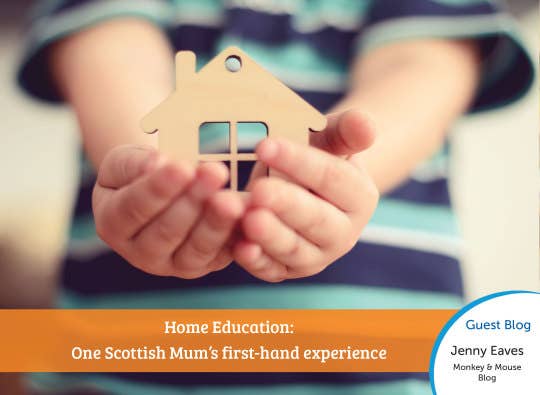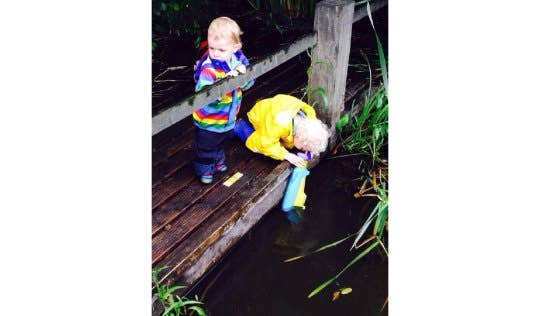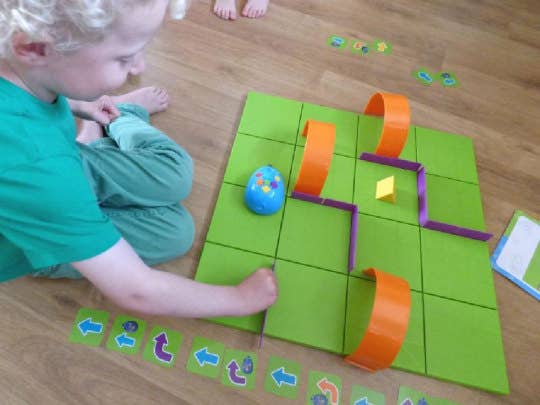
How to Frame Your Child’s School Day Amid COVID-19
- Learning Resources Posted On Mar 23, 2020
The collaboration between parents and teachers is crucial in keeping the wheels of education turning while children are at home during the COVID-19 shutdown over the next few weeks.
“The minutes and hours spent at school are critical to buildingknowledge and fostering motivation,” explains educator, Erin Albee. “But theseare unique times. All of us in education must work energetically to come upwith solutions. By recognising the partnership with parents at home, we willfind a way to get through this together.”
How we as parents structure our children’s time at home inthe coming days and weeks is not only important to our children but will provecrucial to our own sanity. Things may seem upside down in the beginning so it’sessential to put routines in place and let your children know what expectationswill be, and how the family will work together to make this time successful.
To help, we’ve put together an example of how you could planthe day. When thinking about a routine, keep in mind that children wouldn’tspend the entire day behind a desk. There’s a lot of non-academic activity thatgoes on including break time, play time, reading and more. While formallearning is important, it’s equally important to find a balance.
Teachers and creators of Learning Resources tacklingtables, Dennis and Margi Brown, recommend you draw up a timetable with your child that works for both of you. “Mornings are best for lively minds so perhaps block three or four sessions of 30-40 minutes and choose a subject for each. Focused learning is far more productive.
Participatein their learning. Look at what the lesson involves, make sure your childunderstands the expectation and then encourage them to workindependently. At the end of the session, go over what it is they’velearned/done and address any misconceptions.
Enjoy a break between sessions and ensure there’s variety in these sessions. Learning is fun especially if you share it!”

Image: Learning Resources Time Tracker Mini
Tip: To help keep to your schedule, try our Time Tracker Mini. Ideal for home and classroom use, it can be programmed from five minutes to up to two hours.
To get your planning started, here’s an example of how youcould structure the day…

Image: Getty Images
Before 09:00: Keep the before school routine as normal as possible. Eat breakfast, make beds, brush teeth and get dressed. Doing the everyday stuff will make things feel more normal.
09:00-10:00: It’s time to get moving! Go out and walk the family dog. Practise some yoga (try Cosmic Kids Yoga on YouTube). Ride a bike or throw a ball around. Getting the wiggles out is crucial before hitting the books.
10:00-11:00: Academic time! If your school is offering it, now is the time to hop online for e-learning assignments posted by the teacher. For younger children work on flashcards, sorting activities, or educational maths games. If you are floating between several children, remember that during a normal school day, your child is in a class with lots of kids. Your child’s teacher isn’t standing by their desk every second, and your child is used to working independently more than you realise.
11:00-12:00: Time to get creative. Dive into a STEM project. Draw or paint a picture. Bake some biscuits. Practice your instrument. Construct a craft or engineer a design.

Image: Getty Images
12:00-12:30: Everyone is hungry so let’s eat! Have children lend a hand for lunch. Don’t switch on the television or pass out tablets. Just like lunch at school, interact and chat while everyone is eating.
12:30-13:00: Let’s all pitch in and clean up after lunch. Take out the recycling, wipe down countertops, door handles, and light switches around the house.
13:00-14:30: Settle down for some quiet time. Take a nap, read a book quietly or work on a puzzle.
14:30-16:00: Back to academics. Finish any assignments from the morning.
16:00-17:00: Take in some afternoon fresh air. Head outside for a walk or play. Build an obstacle course or create a family treasure hunt.
17:00-18:00: Dinner time. Ask children to set the table or help make dinner. No electronics (naturally) during dinnertime. Talk about the day’s highs and lows. Set goals for tomorrow.
18:00-19:30: Children’s choice: play a family game or watch a funny TV programme together.
19:30 until bedtime: Wind down. Take a bath or shower (especially important to get rid of any germs). Read a book together.




























